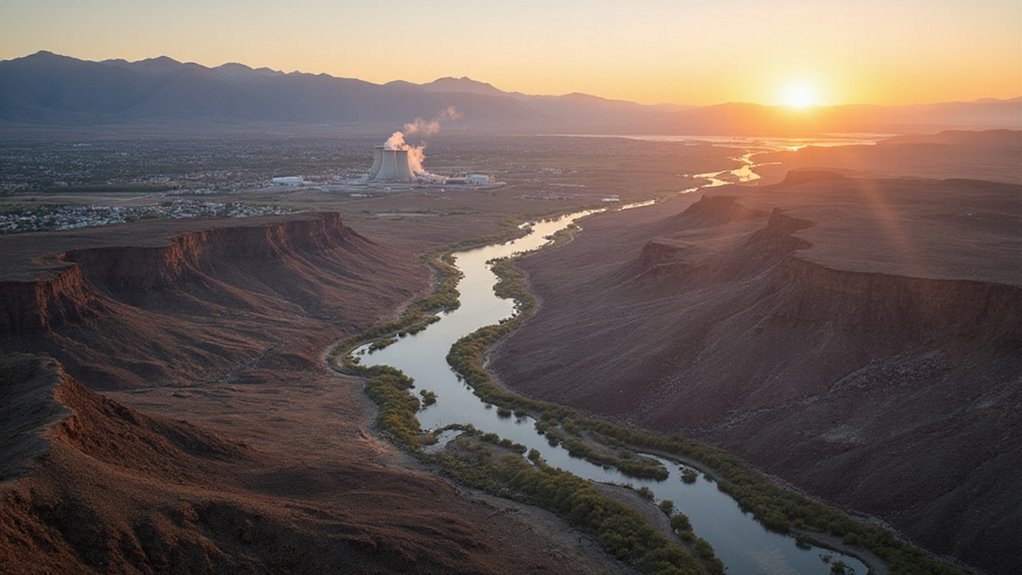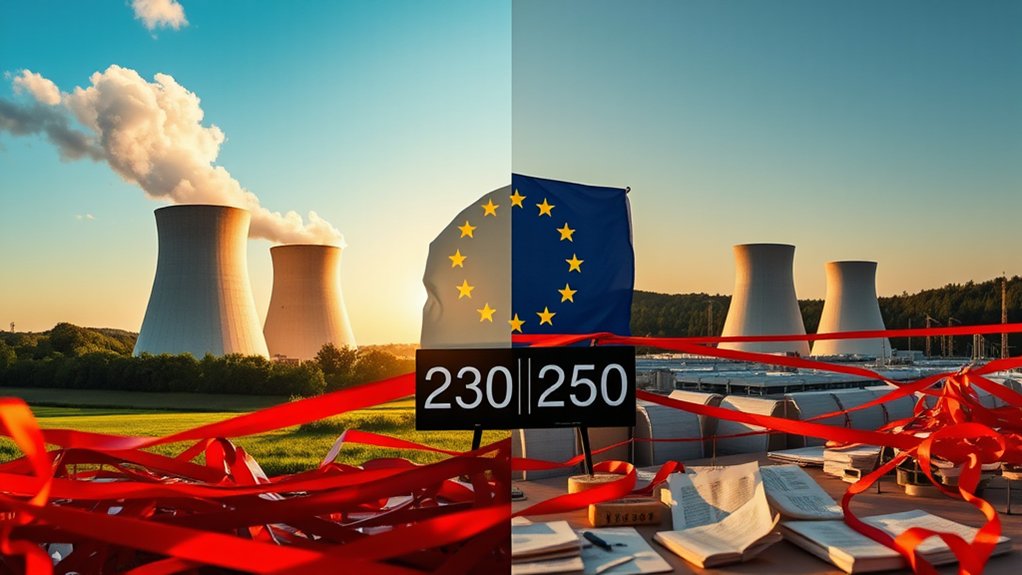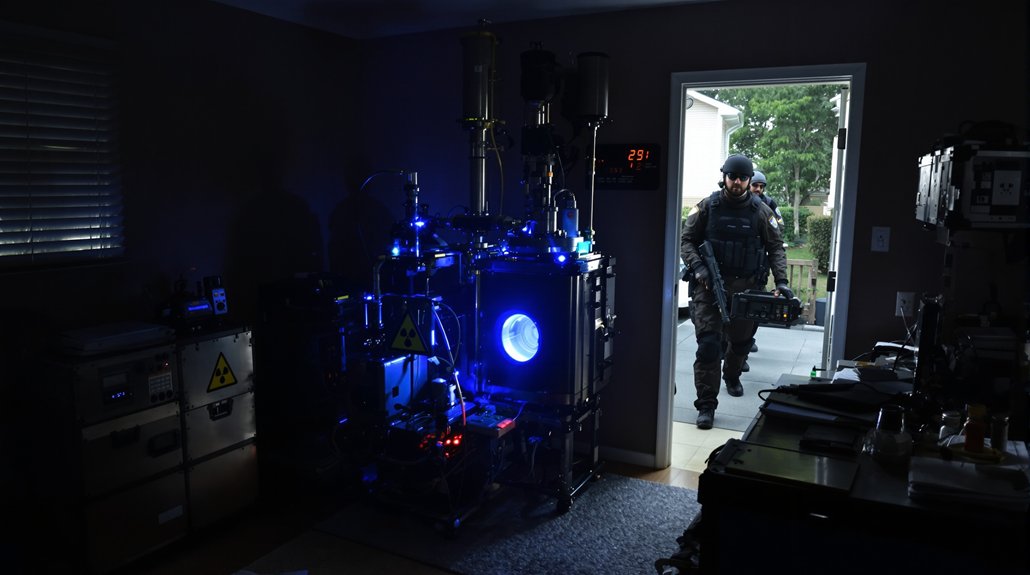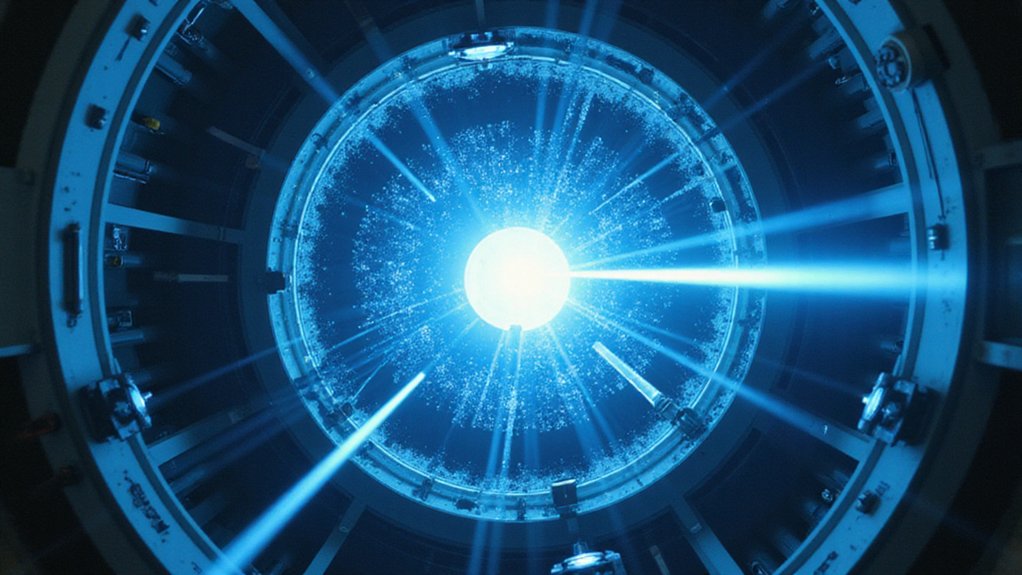When Donald Trump signed four executive orders on May 23, 2025, to supercharge America’s nuclear industry, he wasn’t thinking small. The man wants to quadruple U.S. nuclear capacity to 400 gigawatts by 2050. That’s 300 new gigawatts of atomic power. For context, the entire country currently runs on about 100 gigawatts of nuclear energy.
The math gets weird fast. Building 10 new large reactors by 2030? Sure, if you can find the sites. Nuclear plants need water. Lots of it. They need stable ground, away from fault lines. They need communities that won’t riot when you mention the word “reactor.” Good luck finding 10 perfect spots in five years. This focus on nuclear seems misaligned with growing global interest in renewable alternatives that require less intensive siting constraints.
Finding 10 perfect nuclear sites in five years? Water, stable ground, willing communities. Good luck with that math.
Trump’s orders promise to slash red tape at the Nuclear Regulatory Commission. Eighteen months for reactor licensing instead of the current geological timescale. The NRC must now balance safety with “economic and national security benefits.” Translation: move faster, worry less. What could go wrong?
Wall Street loves it, naturally. Oklo’s stock jumped 20% after the announcement. The company’s partnering with Korea Hydro & Nuclear Power, because nothing says American energy independence like foreign partnerships. Industry bigwigs showed up for the White House signing ceremony, grinning like kids at Christmas. Other nuclear players like NuScale, Centrus Energy, and Uranium Energy saw their shares climb too, riding the nuclear euphoria.
The orders push hard on new tech – small modular reactors, microreactors, the works. Pilot programs outside national labs by July 2026. Ambitious doesn’t quite cover it. These aren’t wind turbines you can slap together in a field. The directive designates AI data centers as critical defense facilities, linking nuclear power directly to America’s tech supremacy race.
Here’s the geography lesson nobody wants to hear: America isn’t France. We’re bigger, more spread out, with wildly different state regulations. California won’t touch nuclear with a ten-foot pole. Texas might bite, but they’ve got their own grid issues. The Southeast already hosts most existing plants – how many more can they squeeze in?
AI data centers need power, sure. Hydrogen production too. But 400 gigawatts means roughly 300 new reactors, assuming they’re big ones. That’s a new reactor every two months for decades. The concrete alone would reshape the construction industry. The cooling water requirements would drain rivers.
Physics doesn’t care about executive orders.
References
- https://www.utilitydive.com/news/trump-aims-for-400-gw-of-nuclear-by-2050-10-large-reactors-under-construct/749107/
- https://www.whitehouse.gov/fact-sheets/2025/05/fact-sheet-president-donald-j-trump-directs-reform-of-the-nuclear-regulatory-commission/
- https://www.hklaw.com/en/insights/publications/2025/05/president-trump-signs-4-executive-orders
- https://www.ans.org/news/article-7066/breaking-news-trump-signs-four-executive-orders-to-promote-nuclear-development-in-the-us/
- https://www.mcguirewoods.com/client-resources/alerts/2025/5/executive-orders-seek-resurgence-of-nuclear-power-in-u-s/








